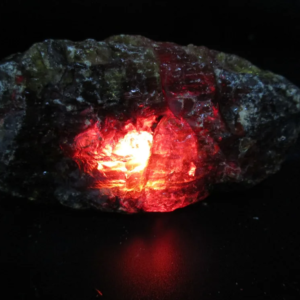Golden amber
Golden Amber is a variety of amber characterized by its warm, golden-yellow to honey-like hues. It is one of the most recognized and beloved types of amber, valued for its beauty, versatility, and historical significance.
Key Features:
- Color and Appearance:
- Color: Ranges from pale yellow to deep, rich golden tones.
- Transparency: Often clear to semi-translucent, though some specimens may contain natural inclusions like air bubbles, plant material, or ancient insects.
- Formation:
- Formed from fossilized resin of ancient trees, primarily conifers, over millions of years.
- Its golden hue develops through natural processes of oxidation and polymerization.
- Sources:
- Found in various regions, including the Baltic Sea area, Dominican Republic, Myanmar (Burma), and Mexico.
- Uses:
- Jewelry: Commonly fashioned into beads, pendants, and earrings, prized for its radiant glow.
- Decorative Items: Carvings, inlays, and ornamental objects.
- Medicinal and Spiritual: Believed to possess healing properties and a connection to warmth and energy in various cultures.
- Properties:
- Lightweight: Comfortable to wear as jewelry due to its low density.
- Softness: Rated 2–2.5 on the Mohs scale, making it relatively soft and delicate.
- Unique Fragrance: Releases a sweet, pine-like aroma when gently heated.
- Care:
- Avoid exposure to high heat, harsh chemicals, and prolonged sunlight, which can cause fading or brittleness.
- Clean using warm, soapy water and a soft cloth. Avoid ultrasonic or steam cleaners.
Symbolism and Significance:
- Warmth and Positivity: Often associated with the sun, energy, and renewal.
- Ancient Beliefs: Used in amulets and talismans to ward off negative energies.
- Collectors’ Appeal: Specimens with inclusions (e.g., insects or plant material) are particularly sought after.
Would you like help selecting golden amber jewelry, identifying authentic pieces, or learning more about its history?

Leave a Reply
Want to join the discussion?Feel free to contribute!